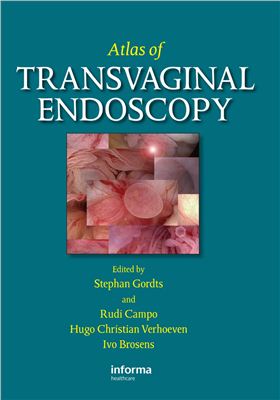Informa UK Ltd, 2007. Infertility is a complex disorder with
significant medical, psychological and economic aspects. Both the
prevalence of infertility and the number of patients seeking
treatment of this disorder are increasing. With the introduction
and the widespread use of assisted reproductive technologies (ART),
the role of diagnostic laparoscopy in the evaluation of infertility
has become controversial. Laparoscopy is invasive and expensive and
is frequently omitted or postponed in the exploration of the
infertile couple. The relative invasiveness of the standard
endoscopic techniques and the increasing quality of the indirect
imaging techniques are favouring this evolution, possibly resulting
in a rather liberal referral to ART programs. Up till now, however,
direct visualisation of the different organs has proved to be
superior to indirect imaging techniques. The easy vaginal
accessibility of the uterus for hysteroscopy and the close contact
of the tubo-ovarian organs with the posterior vaginal foix make a
transvaginal endoscopic approach tempting. Indeed culdoscopy was
the first technique offering the possibility of direct
visualisation of the tubo-ovarian structures. The availability of
small diameter endoscopes with high quality images offers today a
minimally invasive way of access, enabling the accurate examination
by direct visualisation of the reproductive pelvic structures,
which was previously mpossible. Both hysterosalpingography and
diagnostic laparoscopy can be replaced by hysteroscopy and
transvaginal hydrolaroscopy (TVL) as an ambulatory ‘one stop
fertility exploration’. In addition, TVL has been developed as a
surgical tool in cases of ovarian capsule drilling in polycystic
ovary syndrome, ovarian endometriosis and
tubo-ovarian adhesions. This atlas will show the reader the possibilities of the transvaginal approach in the exploration and, where possible and when indicated, surgical treatment of the uterus and tubo-ovarian structures.
tubo-ovarian adhesions. This atlas will show the reader the possibilities of the transvaginal approach in the exploration and, where possible and when indicated, surgical treatment of the uterus and tubo-ovarian structures.

